Home>Articles>How To Unclog A Toilet When Plunger Doesnt Work
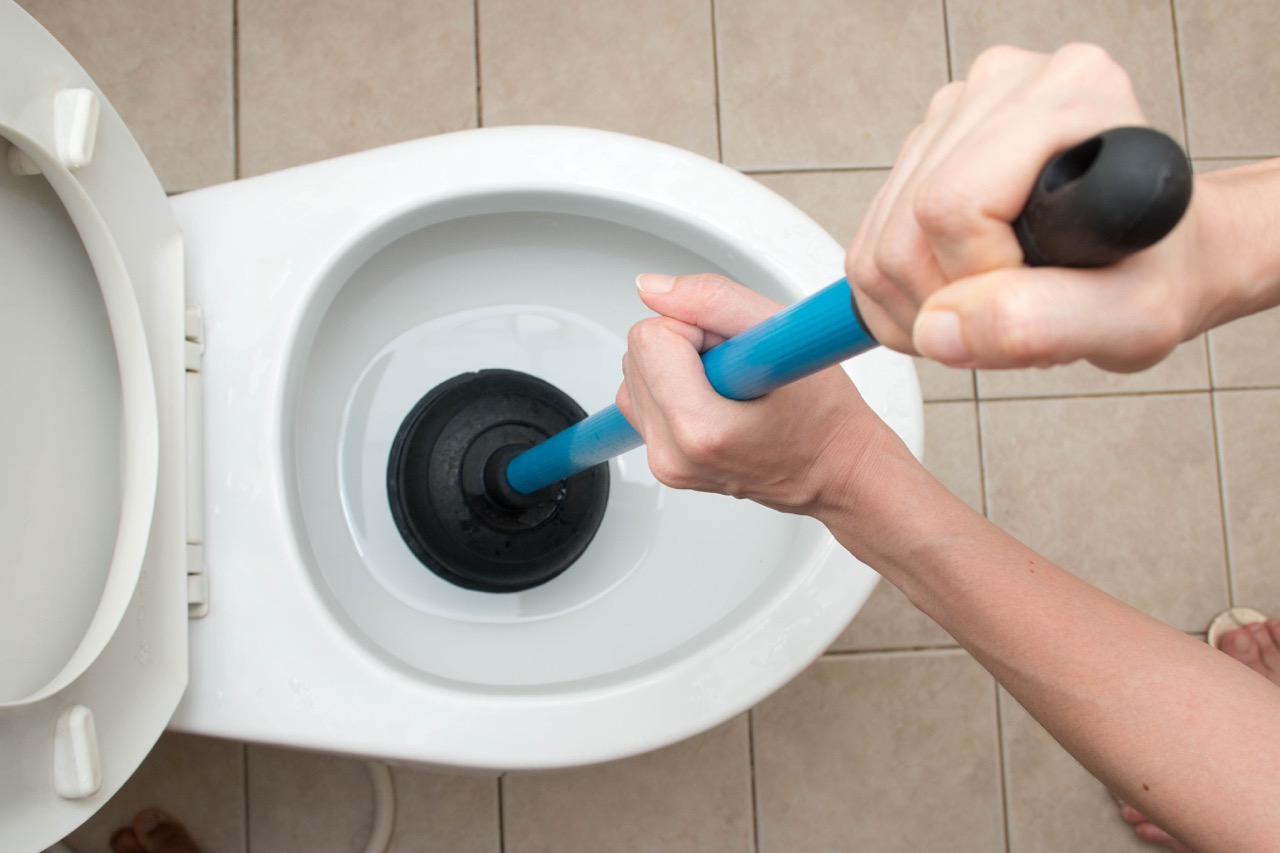

Articles
How To Unclog A Toilet When Plunger Doesnt Work
Modified: February 27, 2024
Learn effective methods to unclog a toilet when a plunger doesn't work. Read our informative articles for helpful tips and tricks.
(Many of the links in this article redirect to a specific reviewed product. Your purchase of these products through affiliate links helps to generate commission for Storables.com, at no extra cost. Learn more)
Introduction
A clogged toilet can be a major inconvenience in any household. It can disrupt your daily routine and cause frustration. While the tried and true method of using a plunger can often do the trick, there may be instances where the plunger alone doesn’t work. But don’t worry, there are several effective methods you can use to unclog a toilet when the plunger doesn’t work.
In this article, we will explore five different methods to unclog a toilet that can come in handy when the plunger fails. These methods are simple, effective, and can save you from the hassle and expense of calling a plumber. So, let’s dive in and discover how to unclog a stubborn toilet!
Key Takeaways:
- Don’t panic if the plunger fails! Try hot water, dish soap, baking soda & vinegar, a closet auger, or a toilet snake to unclog your toilet. Save time and money by tackling the issue yourself.
- Prioritize safety, gather essential tools, and be persistent. With the right methods and tools, you can successfully unclog your toilet without the need to call a plumber. Keep calm and unclog on!
Check the Water Level
Before you attempt to unclog a toilet, it’s important to check the water level in the bowl. If the water level seems higher than normal or close to overflowing, you’ll want to take some precautions before proceeding with any unclogging methods.
To prevent any potential mess, you can start by turning off the water supply to the toilet. Locate the shut-off valve, typically located behind or near the toilet, and turn it clockwise until it stops. This will stop the flow of water to the toilet, ensuring that the clog won’t cause an overflow.
If you can’t find the shut-off valve or it’s not working, you can also remove the tank lid and lift the flapper valve manually to stop the flow of water into the bowl. Just make sure you have a good grip on the flapper valve so you can lower it back down once you’ve checked the water level.
After taking these precautions, observe the water level in the toilet bowl. If it’s normal and not at risk of overflowing, you can proceed with the unclogging methods. However, if the water level is dangerously high, it’s best to wait until it subsides or consider contacting a professional plumber for assistance.
Gather Necessary Tools
Before you start unclogging a toilet, it’s crucial to gather the necessary tools. Having the right tools at hand will make the unclogging process much easier and more efficient. Here are some essential tools you’ll need:
- Plunger: While we’re exploring methods other than using a plunger, having a plunger on hand is still a good idea. It can often be effective in minor clogs, and you may want to give it a try before moving on to other methods.
- Rubber Gloves: Wearing rubber gloves is important to protect your hands and maintain hygiene while dealing with a clogged toilet. Make sure you have a pair of sturdy rubber gloves before you begin.
- Bucket: A bucket can be handy to remove excess water from the toilet bowl if needed, particularly if the water level is too high or you want to reduce the risk of spillage while unclogging.
- Hot Water: In some unclogging methods, hot water is used to break down the clog. Make sure you have access to hot water before you start.
- Dish Soap: Dish soap can be a great lubricant and can help in breaking down the clog. Have some dish soap available to use in the unclogging process.
- Baking Soda and Vinegar: This combination can create a powerful reaction that can help dissolve the clog. Make sure you have baking soda and vinegar on hand if you choose to use this method.
- Closet Auger: A closet auger, also known as a toilet auger, is a specialized tool designed for unclogging toilets. It has a long, flexible shaft with a corkscrew-like attachment at the end. Having a closet auger can be useful in tackling stubborn clogs.
- Toilet Snake: A toilet snake, also known as a drain snake, is another tool that can help break up and remove clogs. It consists of a long, flexible cable with a corkscrew-like end. If you have access to a toilet snake, it’s worth keeping it nearby.
Gathering these essential tools before you start will ensure that you have everything you need to tackle the unclogging process effectively. Remember to always follow the instructions provided with each tool to ensure safe and proper usage.
Method 1: Hot Water
If the plunger didn’t work, one effective method to unclog a toilet is by using hot water. Here’s how to do it:
- Start by heating a pot or kettle of water on the stove. Make sure the water is hot but not boiling.
- Pour the hot water directly into the toilet bowl. Aim for a height that’s about waist-deep. The hot water will help break down and loosen the clog.
- Allow the hot water to sit in the toilet bowl for a few minutes. This will give it time to work on dissolving the clog.
- After a few minutes, try flushing the toilet. If the water begins to drain normally, then the clog is likely resolved. However, if the water still doesn’t drain or drains slowly, try the hot water method again or move on to another method.
It’s important to note that this method may not be effective for all types of clogs. Sometimes, the hot water alone is not enough to dislodge the clog, especially if it’s caused by a solid object or a more stubborn blockage. In such cases, you may need to try a different approach.
Remember to exercise caution when handling hot water to avoid accidental burns. It’s also a good idea to wear gloves while pouring the water into the toilet bowl for added protection.
Now that you are familiar with the hot water method, give it a try if the plunger doesn’t work. If this method doesn’t resolve the clog, don’t worry! There are still alternative methods to explore.
Method 2: Dish Soap and Hot Water
If the hot water method didn’t do the trick, you can try using dish soap in combination with hot water to unclog a toilet. Here’s how:
- Squirt a generous amount of dish soap into the toilet bowl. Dish soap acts as a lubricant and can help break down the clog.
- Allow the dish soap to sit in the bowl for a few minutes to work its magic.
- While waiting, heat a pot or kettle of water on the stove. Once again, make sure the water is hot but not boiling.
- Pour the hot water into the toilet bowl, aiming for a height that’s about waist-deep. The combination of hot water and dish soap will work together to loosen and dissolve the clog.
- Let the mixture sit in the bowl for a few minutes.
- Try flushing the toilet. If the water begins to drain normally, then the clog is likely dislodged. However, if the clog persists, you may need to repeat the dish soap and hot water method or move on to another method.
Dish soap can be effective in breaking down organic materials and grease that may be causing the clog. The hot water helps to further soften the clog, making it easier to remove.
Remember, this method may not work for all types of clogs. If you’re dealing with a more stubborn blockage, you might need to consider alternative approaches.
Always exercise caution when handling hot water and be sure to wear gloves when working with dish soap and the toilet bowl. Safety should always be a priority when attempting to unclog a toilet.
Now that you have another method in your arsenal, give the dish soap and hot water method a try if the plunger and hot water methods didn’t yield the desired results. Let’s move on to the next method if needed.
Try using a toilet auger to break up and remove the clog. Insert the auger into the toilet and crank the handle to maneuver the cable and break up the blockage.
Read more: How To Unclog A Toilet With Plunger
Method 3: Baking Soda and Vinegar
If the previous methods haven’t cleared the clog, you can try using a combination of baking soda and vinegar. This natural and chemical-free solution can help break down the clog. Here’s how to use baking soda and vinegar to unclog your toilet:
- Start by pouring about one cup of baking soda into the toilet bowl. Spread it evenly around the bowl, making sure to get it as close to the drain as possible.
- Next, pour about one cup of vinegar into the bowl, aiming for the same area where the baking soda is located.
- As the baking soda and vinegar mix, you’ll see fizzy bubbles forming. This bubbling action helps to break down the clog and clear the drain.
- Allow the mixture to sit in the bowl for about 30 minutes. During this time, the reaction between the baking soda and vinegar will continue to break down the clog.
- After 30 minutes, try flushing the toilet. The combination of baking soda and vinegar should have dissolved the clog, allowing the water to flow freely.
- If the clog persists, you can repeat the baking soda and vinegar method or proceed to the next unclogging technique.
This method utilizes the natural reaction between baking soda (a base) and vinegar (an acid) to create a fizzing action that can help break down organic materials and loosen the clog. It is a non-toxic and eco-friendly solution that can be effective in many cases.
Remember to exercise caution when handling the baking soda and vinegar mixture, as the fizzing action can cause the liquid to foam up. To be safe, it’s recommended to wear gloves while using this method.
Now that you’re familiar with using baking soda and vinegar, give this method a try if the previous methods didn’t provide the desired results. If necessary, we still have a couple more methods to explore.
Method 4: Closet Auger
If the previous methods haven’t been successful in unclogging your toilet, it may be time to bring out the big guns – the closet auger. A closet auger, also known as a toilet auger, is a specialized tool designed specifically for unclogging toilets. Here’s how to use a closet auger:
- Put on a pair of rubber gloves to protect your hands.
- Insert the end of the closet auger into the toilet bowl, making sure that the protective sleeve is touching the porcelain to avoid scratching the surface.
- Hold the handle firmly and begin turning the auger clockwise. This will allow the auger to navigate through the curved trapway of the toilet.
- Continue spinning the auger handle until you feel resistance, which indicates that you’ve reached the clog. Apply gentle pressure to help break up the obstruction.
- Once you feel the clog has loosened, slowly retract the auger by continuing to turn the handle in the opposite direction.
- Repeat this process a few times, as necessary, until the toilet is unclogged.
- After successfully clearing the clog, flush the toilet multiple times to ensure proper drainage.
A closet auger is a valuable tool that can help you tackle more stubborn clogs that other methods might struggle with. However, keep in mind that using a closet auger requires some skill and caution to avoid causing damage to the toilet or yourself. If you’re unsure about using a closet auger, it might be best to seek professional assistance.
Remember to clean and sanitize the closet auger after each use to maintain hygiene and prevent the spread of bacteria.
Now that you’re familiar with the closet auger method, give it a try if the previous methods didn’t provide the desired results. If needed, we still have one more method to explore.
Method 5: Toilet Snake
If all else has failed to unclog your toilet, it’s time to bring out the heavy artillery – the toilet snake, also known as a drain snake. This tool is designed to help break up and remove stubborn clogs that other methods may not be able to handle. Here’s how to use a toilet snake:
- Put on a pair of rubber gloves to protect your hands.
- Extend the toilet snake’s cable by turning the handle clockwise. Make sure you have enough length to reach the clog.
- Insert the snake’s cable into the toilet bowl, guiding it carefully into the drain. Be gentle to avoid scratching the toilet bowl.
- Once the cable reaches the clog, start turning the toilet snake handle clockwise. Apply steady pressure as you rotate the handle to break up the obstruction.
- Continue snaking the cable down into the drain, periodically retracting and extending it, as needed, to fully break up the clog.
- Once you feel the resistance is gone and the clog is cleared, carefully retract the toilet snake’s cable by turning the handle counterclockwise.
- Flush the toilet several times to ensure proper drainage and verify that the clog has been successfully removed.
A toilet snake is a powerful tool that can handle even the toughest of clogs. However, it’s important to handle it with caution to avoid damaging the toilet or injuring yourself. If you’re not confident in using a toilet snake, it’s advisable to seek assistance from a professional plumber.
After using the toilet snake, remember to clean and sanitize it thoroughly to remove any residual debris and maintain hygiene.
Now that you’re familiar with the toilet snake method, give it a try as a last resort to unclog your toilet. With a bit of persistence, you should be able to clear the clog and restore proper flushing.
Conclusion
Dealing with a clogged toilet can be a frustrating experience, but with the right methods and tools, you can successfully unclog it without the need to call a plumber. In this article, we explored five effective methods to unclog a toilet when the plunger doesn’t work.
First, we discussed checking the water level and taking necessary precautions to prevent any potential overflow. It’s important to prioritize safety and avoid further damage while attempting to unclog the toilet.
We then emphasized the significance of gathering the necessary tools, including a plunger, rubber gloves, a bucket, hot water, dish soap, baking soda, vinegar, a closet auger, and a toilet snake. These tools can greatly assist in the unclogging process and make it more convenient for you.
We covered five different methods to unclog a toilet. The methods included using hot water, dish soap and hot water, baking soda and vinegar, a closet auger, and a toilet snake. Each method provided a step-by-step guide to help you navigate through the unclogging process.
It’s essential to keep in mind that not every method will work for every type of clog. Some clogs may require multiple attempts or a combination of methods to completely clear the blockage. Persistence and patience are key while attempting these methods.
If all the methods fail, or if you’re unsure about using certain tools or techniques, it’s best to contact a professional plumber who can provide expert assistance in resolving the issue without causing any further damage.
By following the methods outlined in this article, you can save yourself time, money, and frustration by successfully unclogging your toilet on your own. Remember to exercise caution, wear protective gear, and maintain proper hygiene during the process.
Here’s to a clog-free future and a smoothly functioning toilet!
Frequently Asked Questions about How To Unclog A Toilet When Plunger Doesnt Work
Was this page helpful?
At Storables.com, we guarantee accurate and reliable information. Our content, validated by Expert Board Contributors, is crafted following stringent Editorial Policies. We're committed to providing you with well-researched, expert-backed insights for all your informational needs.
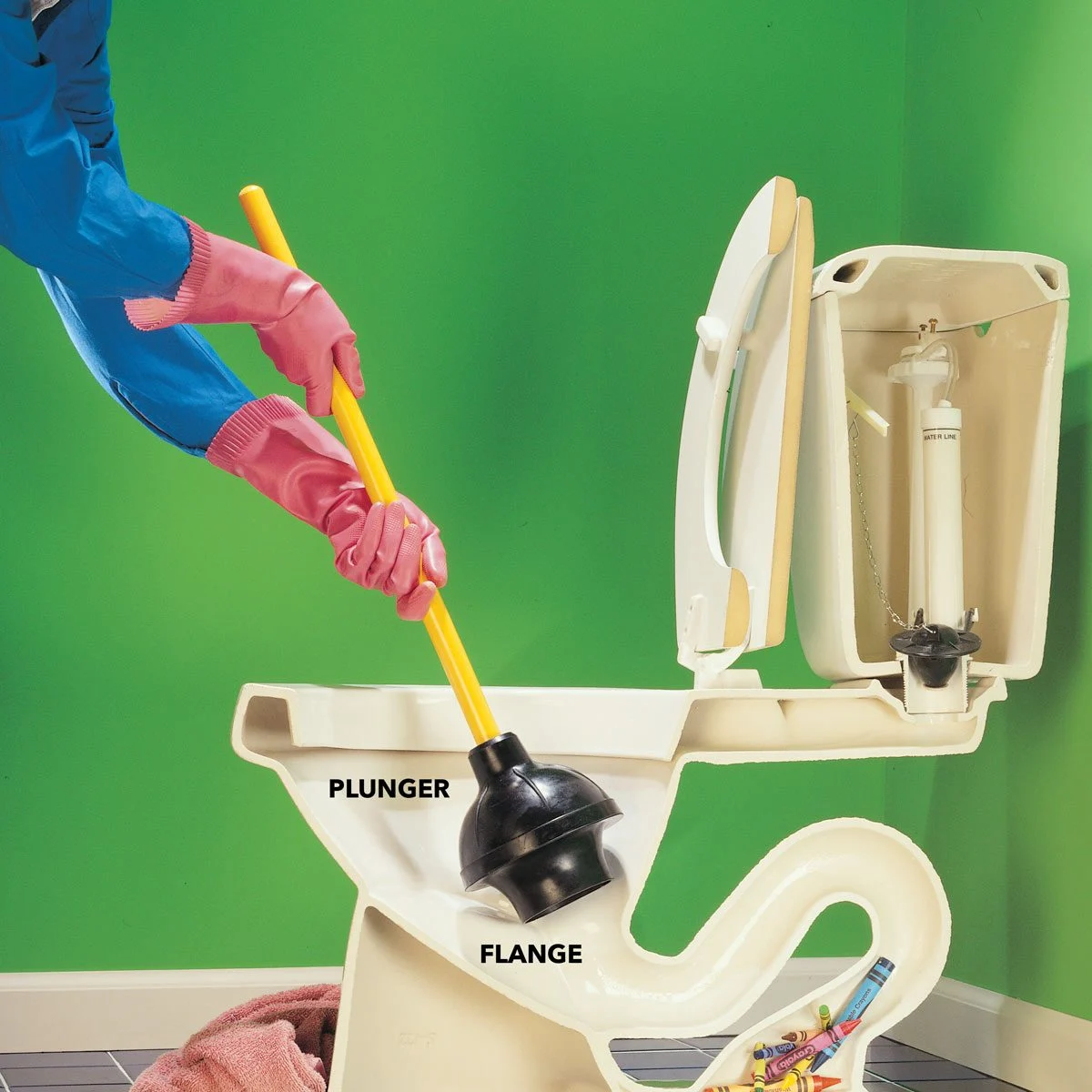
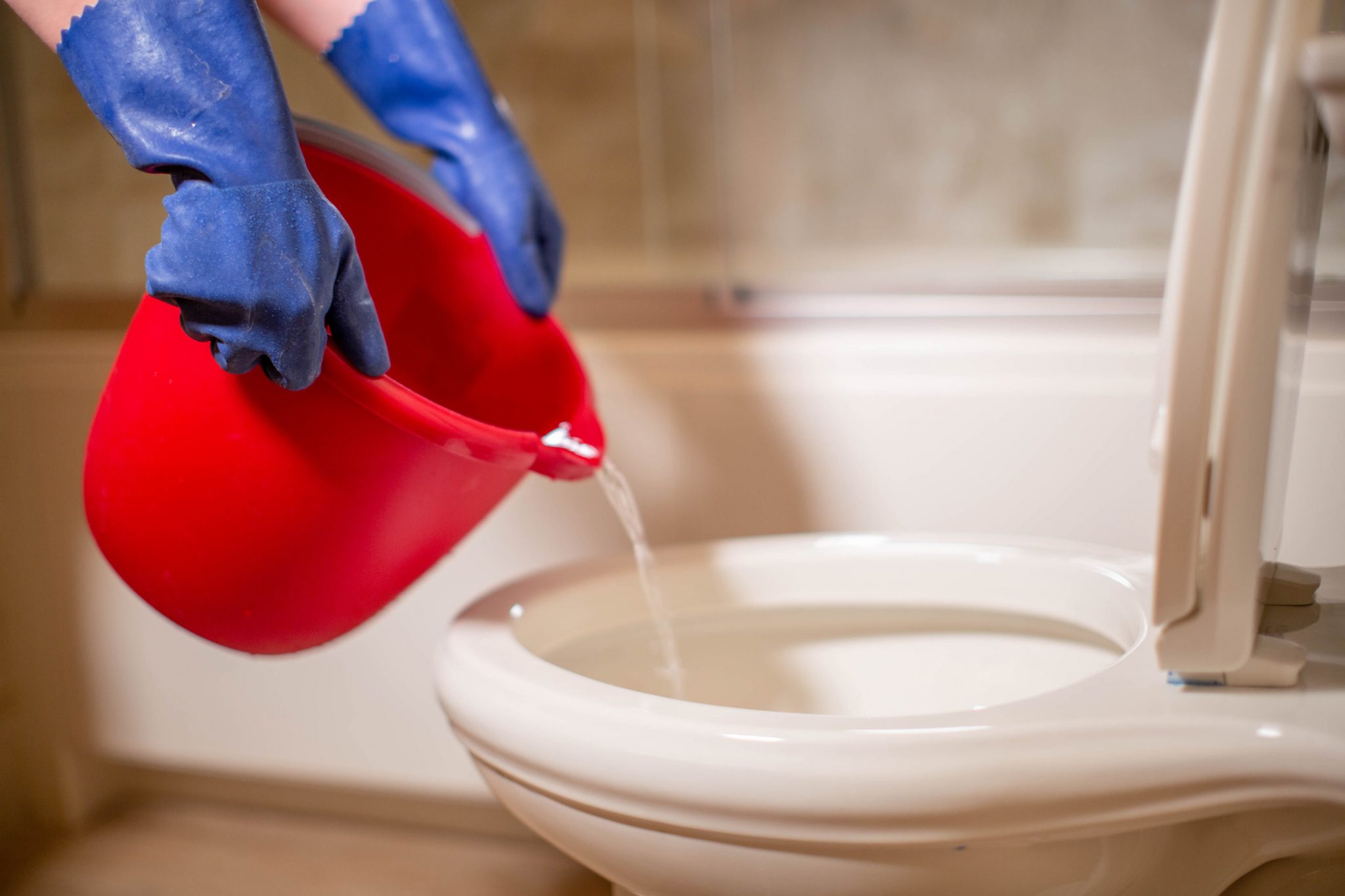
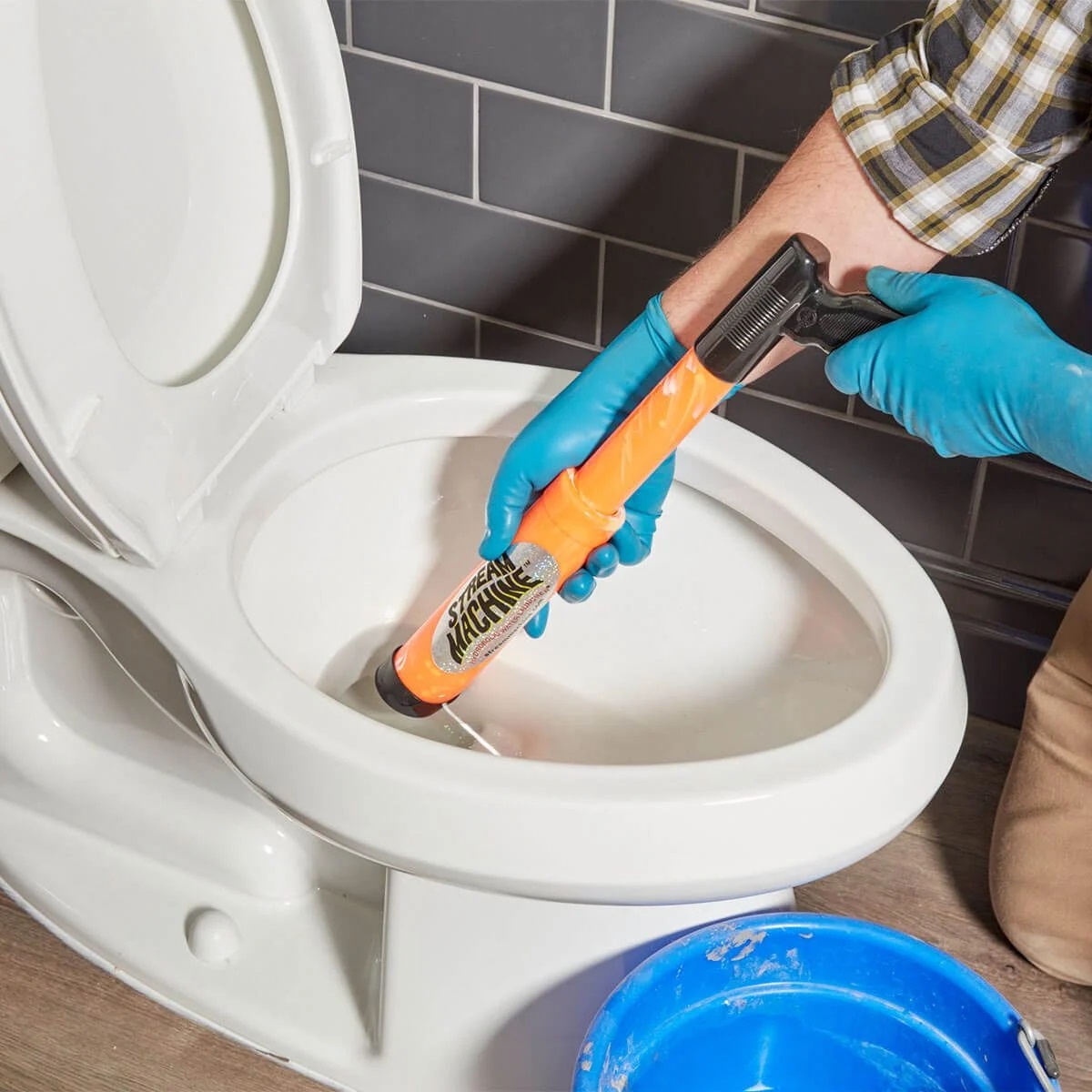
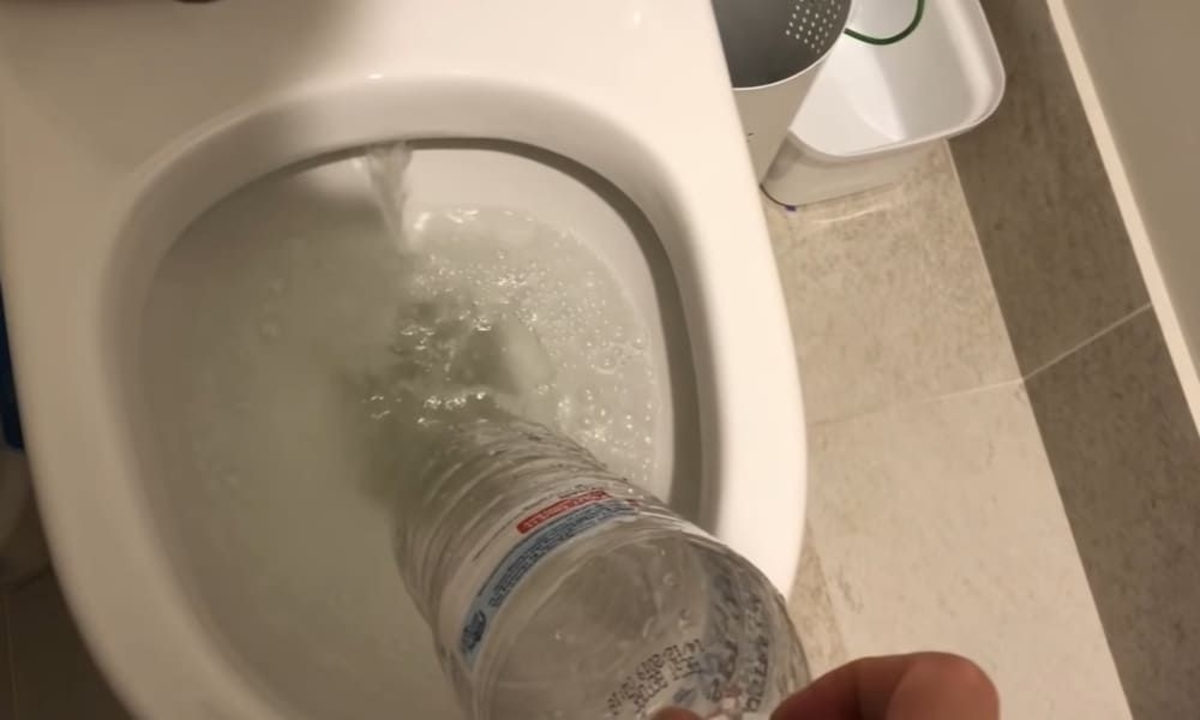
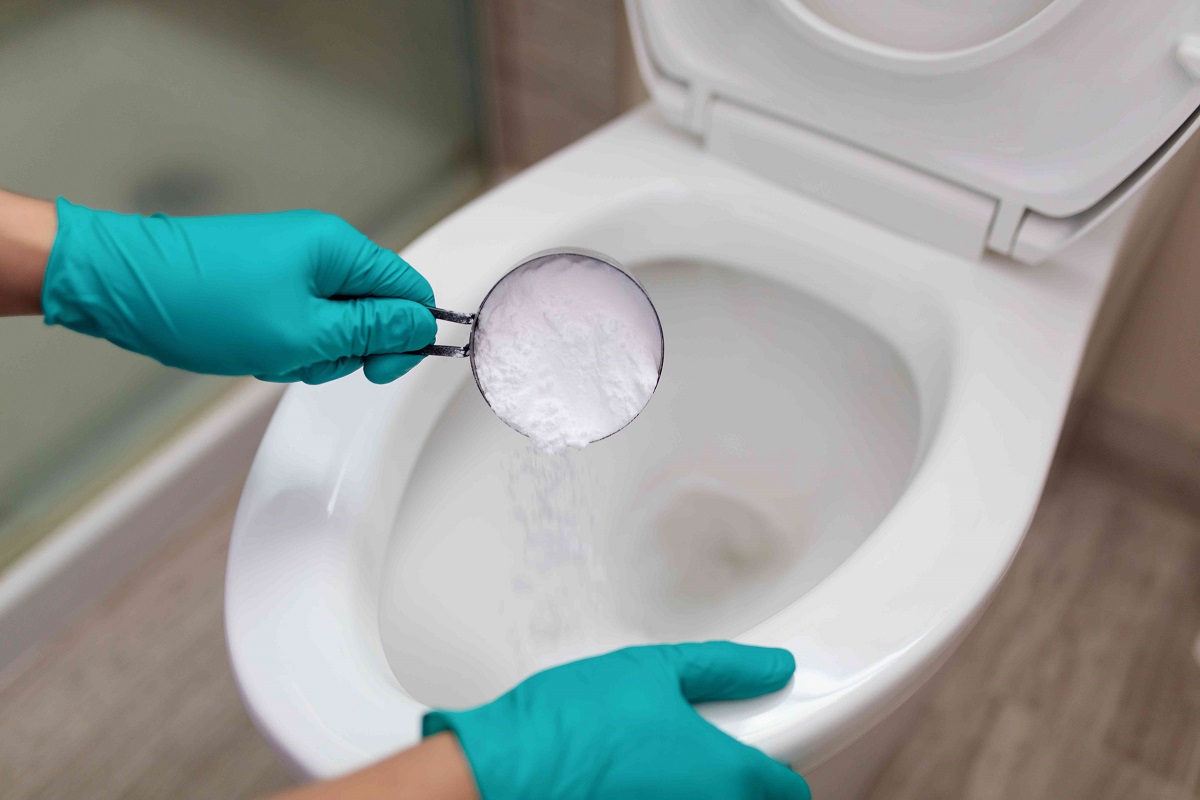
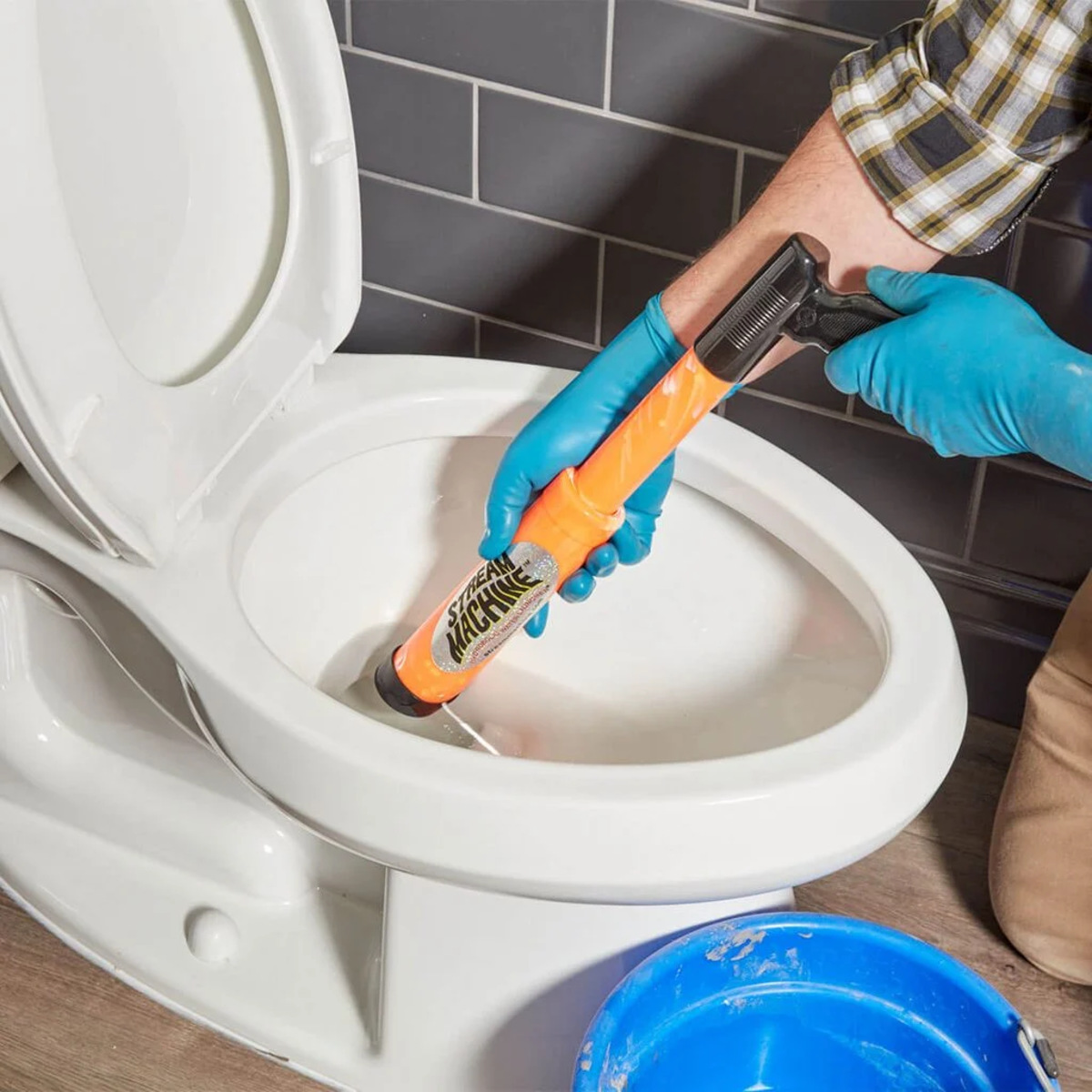
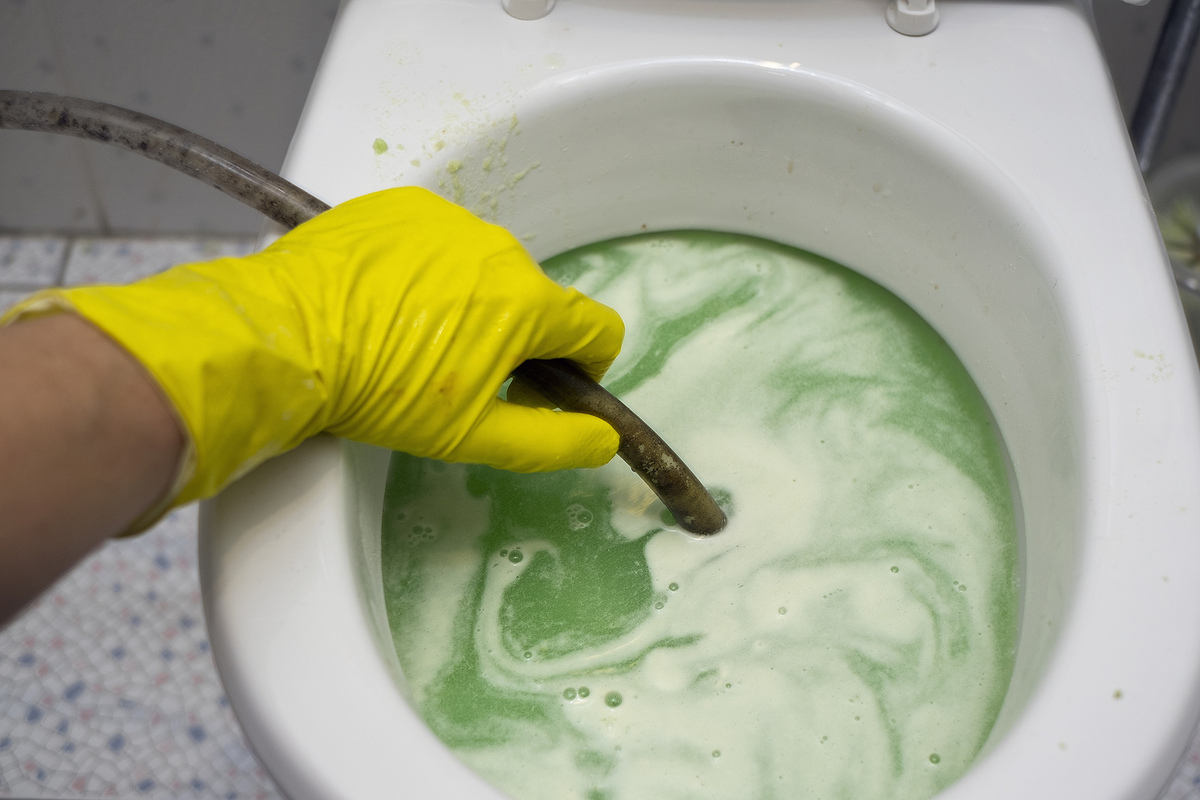
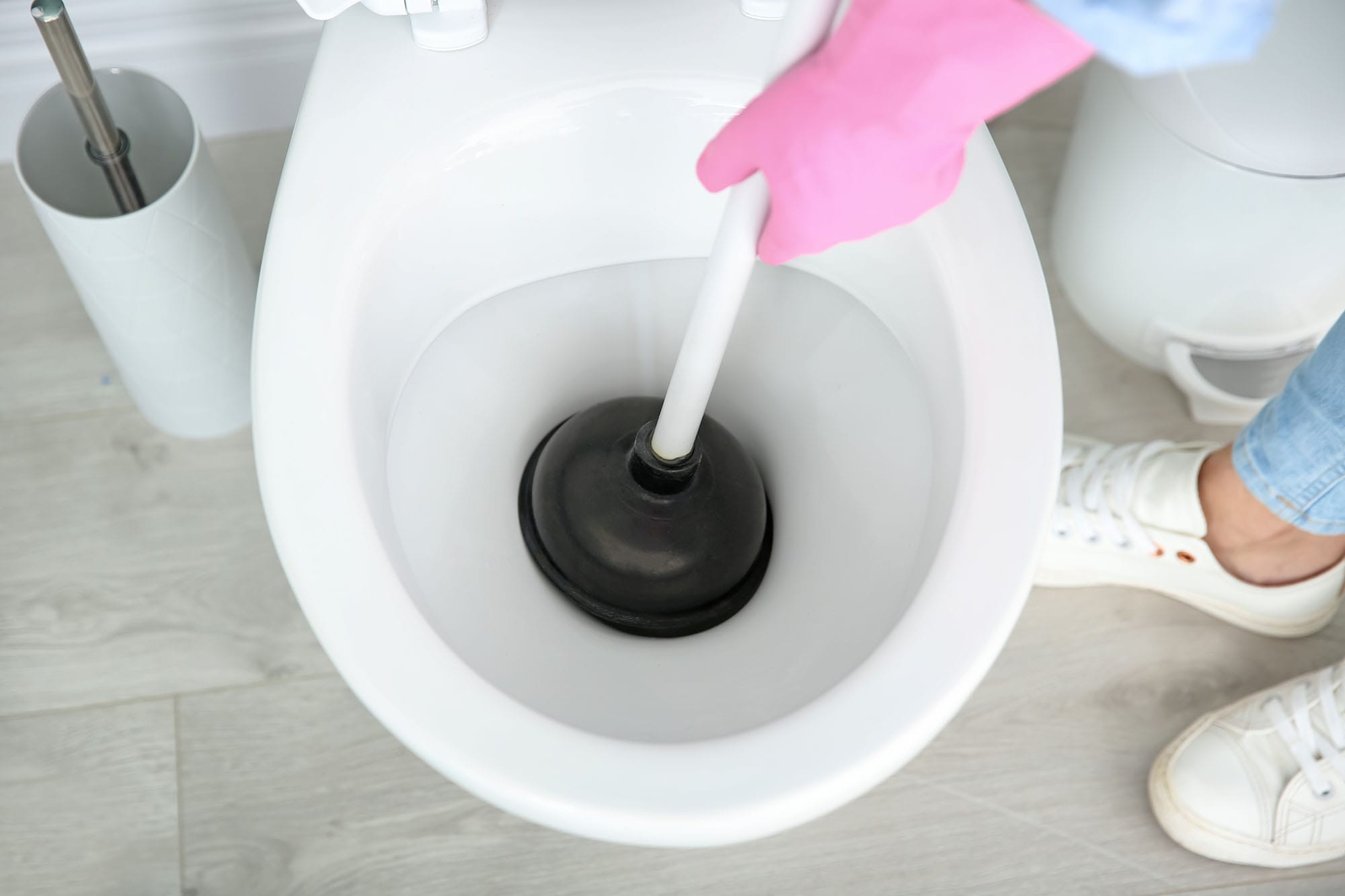
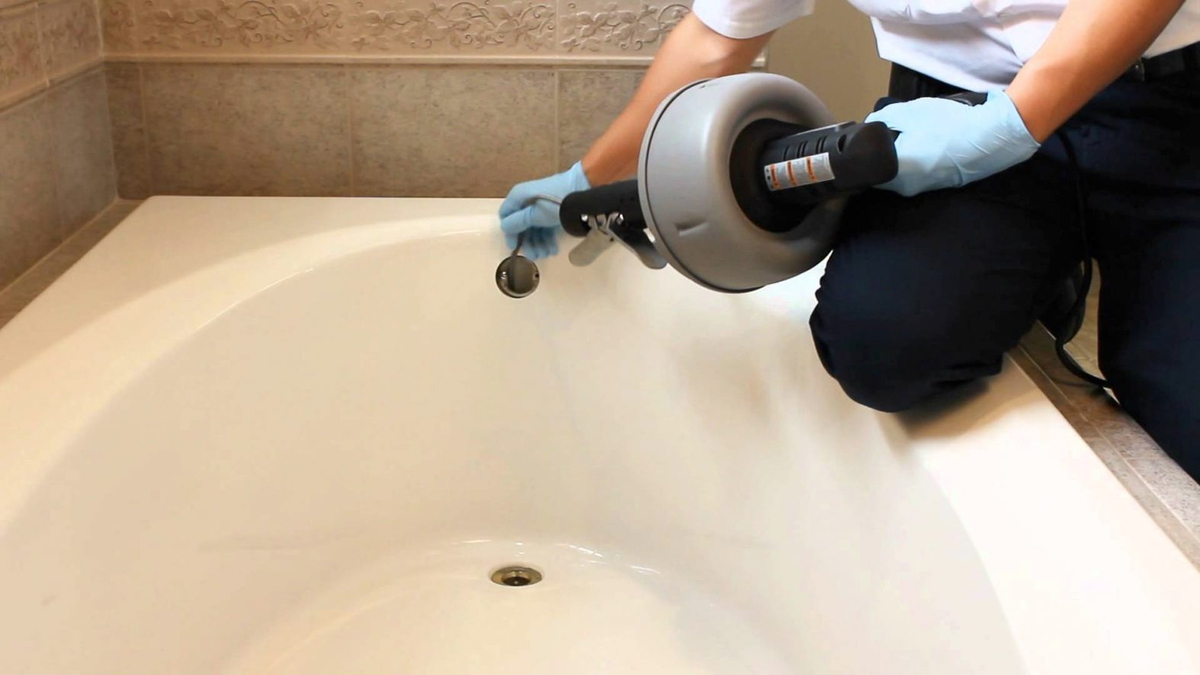
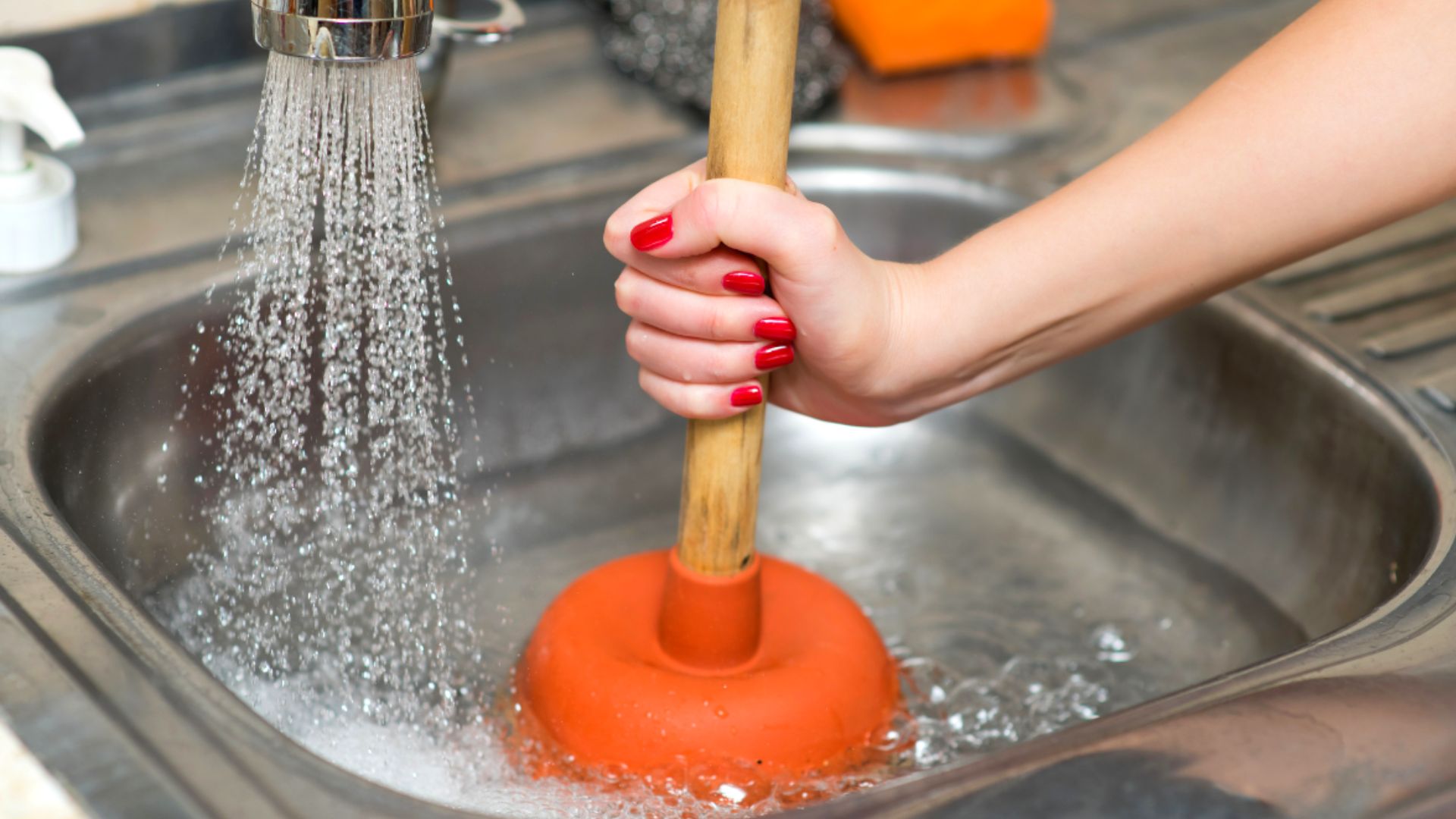
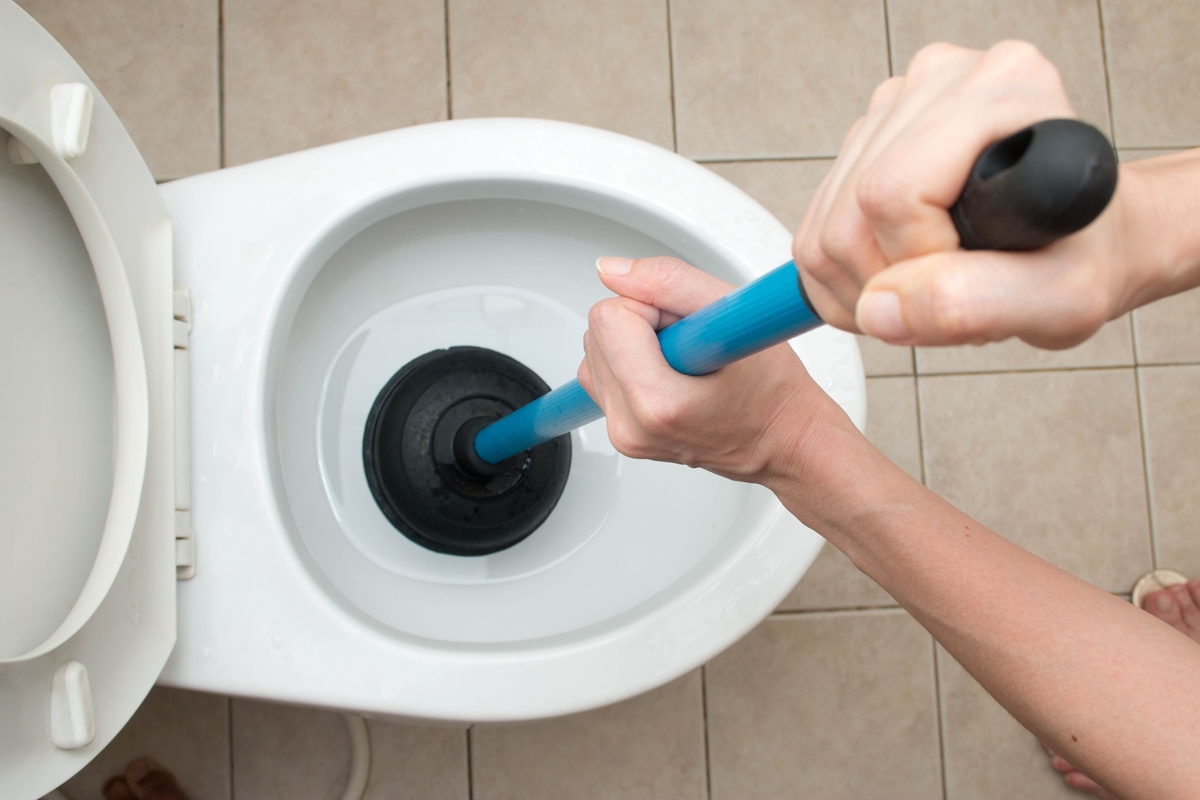
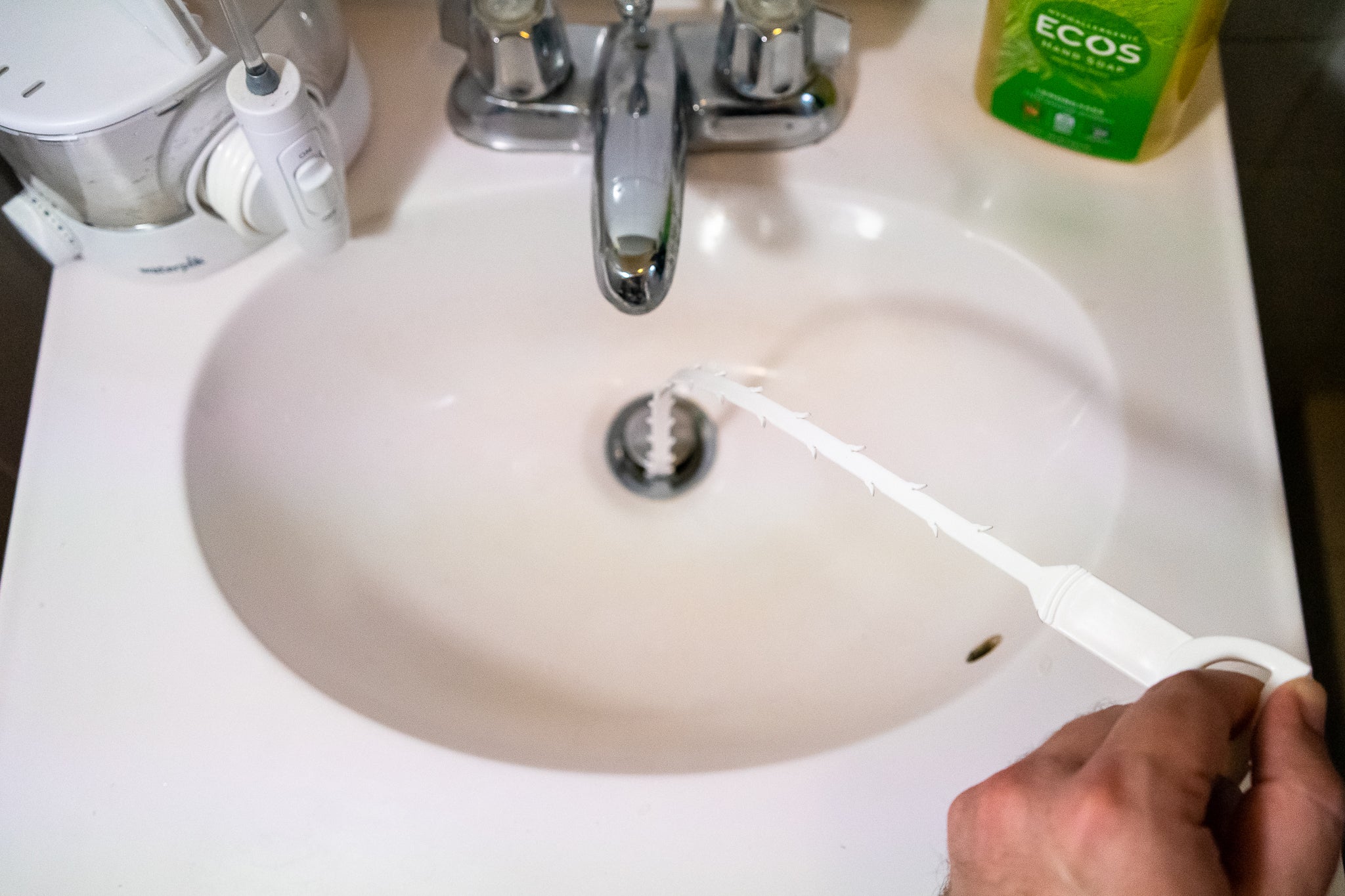
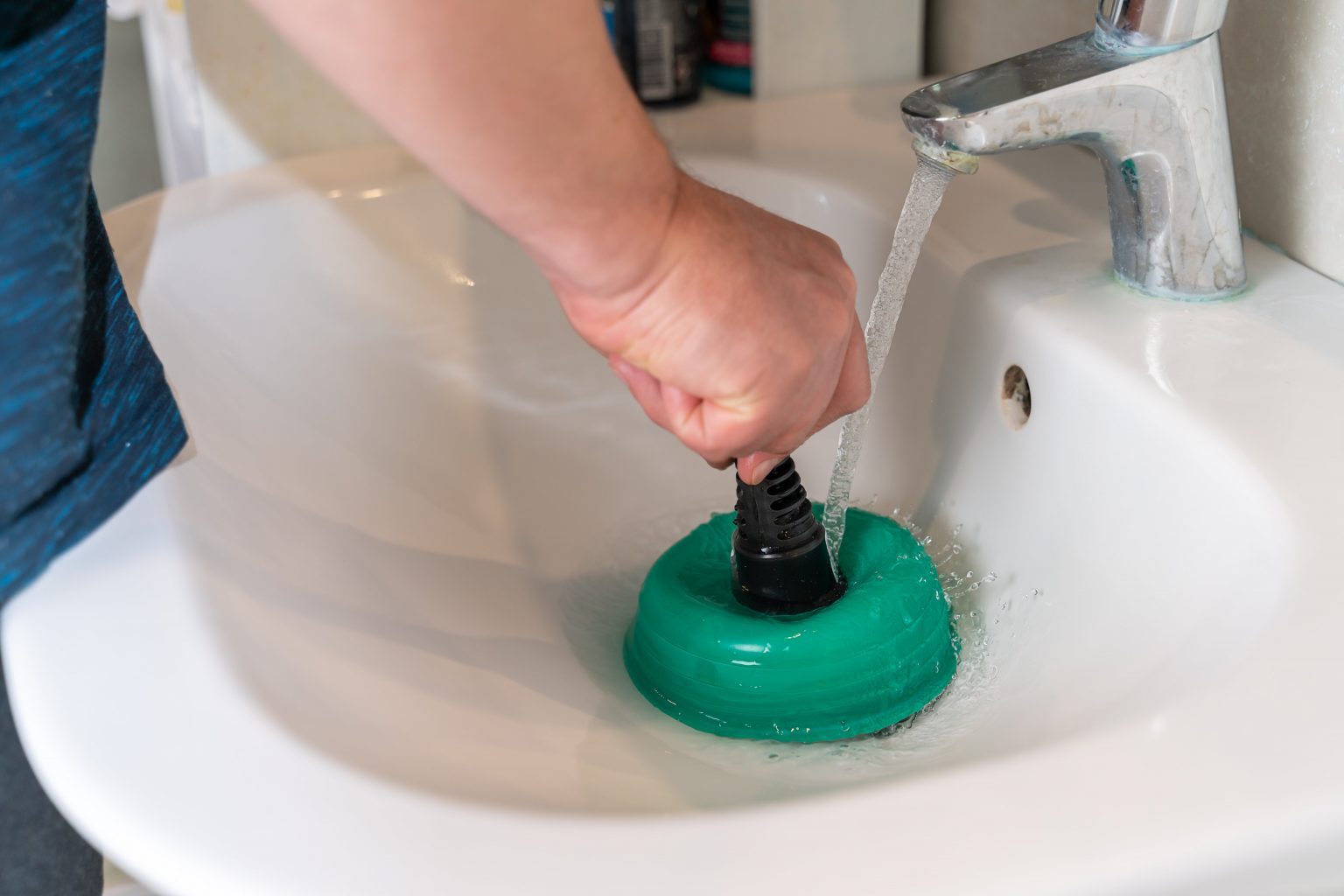
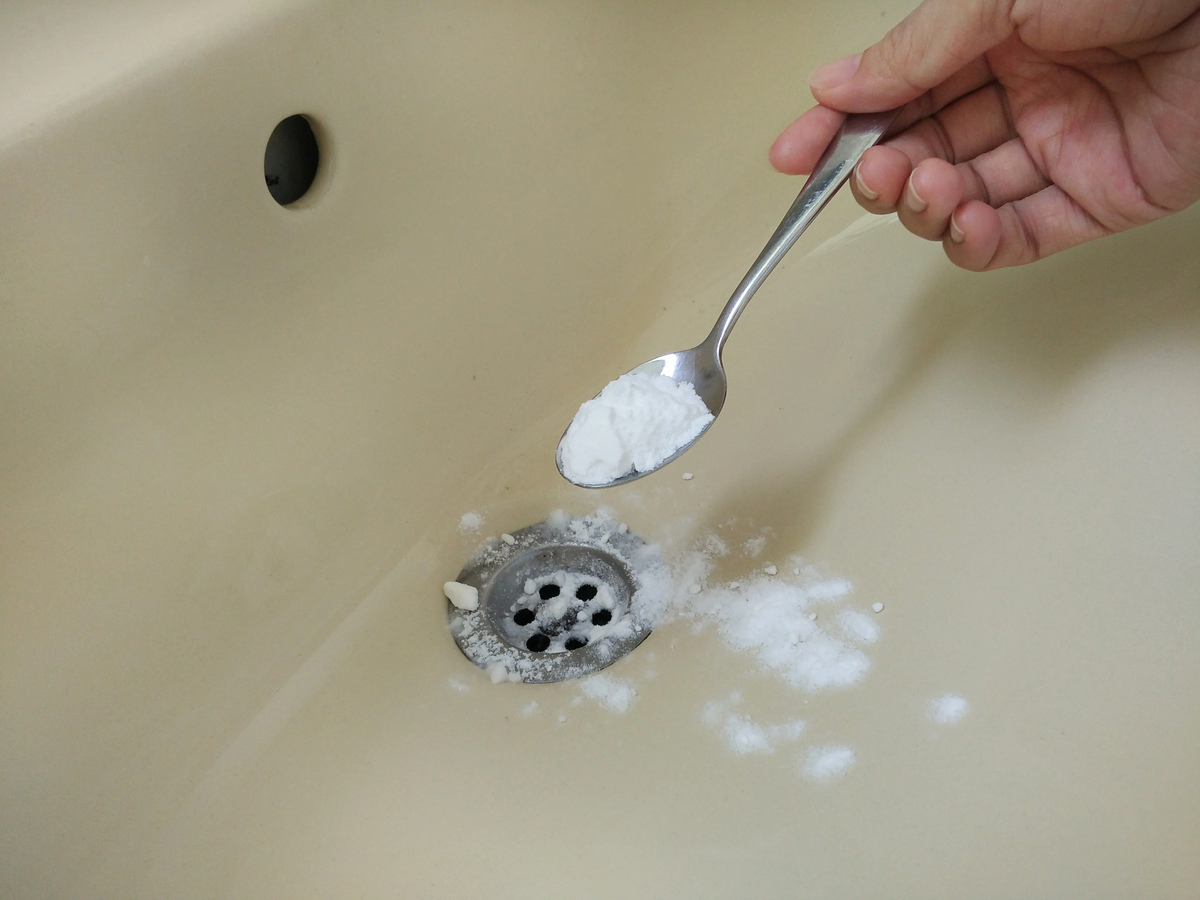

0 thoughts on “How To Unclog A Toilet When Plunger Doesnt Work”